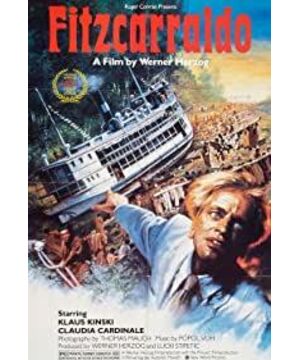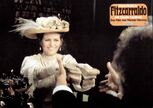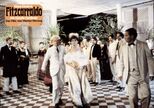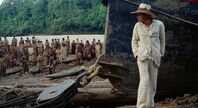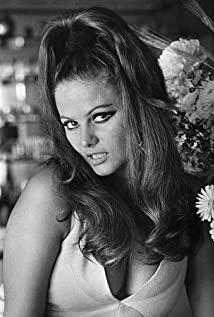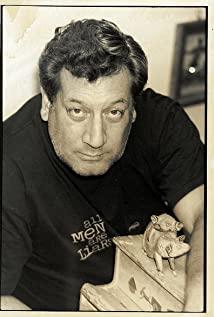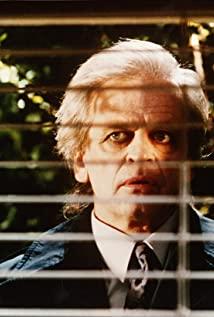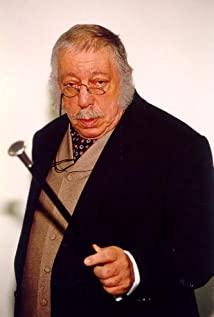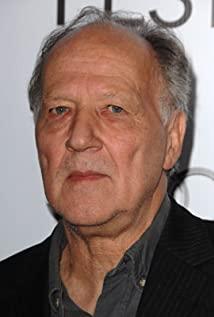The film history is vast, with many famous ones, but not many others. This film can still be remembered even after the big waves washed away the sand. I am afraid it depends not on the works in front of the scene, but the story behind the scenes: the filming process that lasted four years and was unbearable to look back on.
In the summer of 1979, the famously uncompromising West German director Werner Herzog wanted to make an epic film about the Amazon rubber boom of the late 19th and early 20th centuries. He brought in the popular actor Jason Robards, the Rolling Stones lead singer Mick Jagger, and the goddess of immortality Claudia Cardinale as the leading roles, and the group set off to the Peruvian jungle. Two years later, most films are supposed to be about to be released, but he's still there, and he's faced with a situation where Jason got dysentery halfway through the show and never came back, forcing the director to change on the fly. The main actor started all over again, and the delay in the process also caused Mick to quit because of the tour; the crew was involved in the conflict between the local Indian tribes and almost got bloodbathed, and finally ran out from the burning tent with a white flag; the plane used by the crew to transport the goods The crash caused several injuries and one person was paralyzed; the sponsors demanded withdrawal of funds to suspend the filming; Klaus Kinski, his old partner who came to save the scene, angered everyone as expected, and two local Indian chefs once asked Ying to silence him. Ping public anger. Speaking of this Kinski, there is a reason why the director didn't look for him at first: the two had previously collaborated on the famous jungle epic "Aguirre: The Wrath of God, the dissident and violent Kinski once forced the director to point a gun at his head. However, things are unpredictable, and the role of the historical rubber tycoon Carlos Fitzcarrald finally fell on Kinski, and he once again angered the whole crew, successfully proving the director's previous wise. Of course, the director himself is not a kind person, and it was he who made the shocking decision without hesitation - moving a steamship of more than 300 tons up the mountain as a whole, which is also the most "great" aspect of this film. Back then, Carlos Fitzcarrald transported a smaller ship across the isthmus, but it was first dismantled, transported and then reassembled; it was possible to use stunts to make a real big ship overturn the mountain as a whole, which is probably unprecedented. , just for the director to achieve a Sisyphus allegory. Of course, he succeeded. The ship was carried up the mountain; the filming was over; he himself won Best Director at Cannes for it. But to be honest, this best director is more of a commendation for his persistence and courage. The film itself is actually lackluster, and the plot is even a little inexplicable. Interestingly, the documentary "Burden of Dreams" based on the film's shooting background won the BAFTA Best Documentary Award and may be more worth watching than this film.
Finally, I want to talk about the analogy between reality and virtuality. The film is based on Carlos Fitzcarrald (even the film title uses his name directly), and tells that he was not afraid of difficulties in order to build an opera house, and even the Indians took the initiative to help him. But the historical Fitzcarrald exploited the Indians a lot, and the opera was also added. He himself died young at the age of 35. To a certain extent, the director is actually telling his own story, even the story of the filming: he was desperate for a dream of "boating on land", and he gradually became hostile with the Indians during the shooting process, which led to the camp Burned, the big ship that Fitzcarrald didn't carry was realized by him. He left this nearly three-hour self-fulfilling prophecy for future generations to comment on the line between dream and arrogance.
View more about Fitzcarraldo reviews


